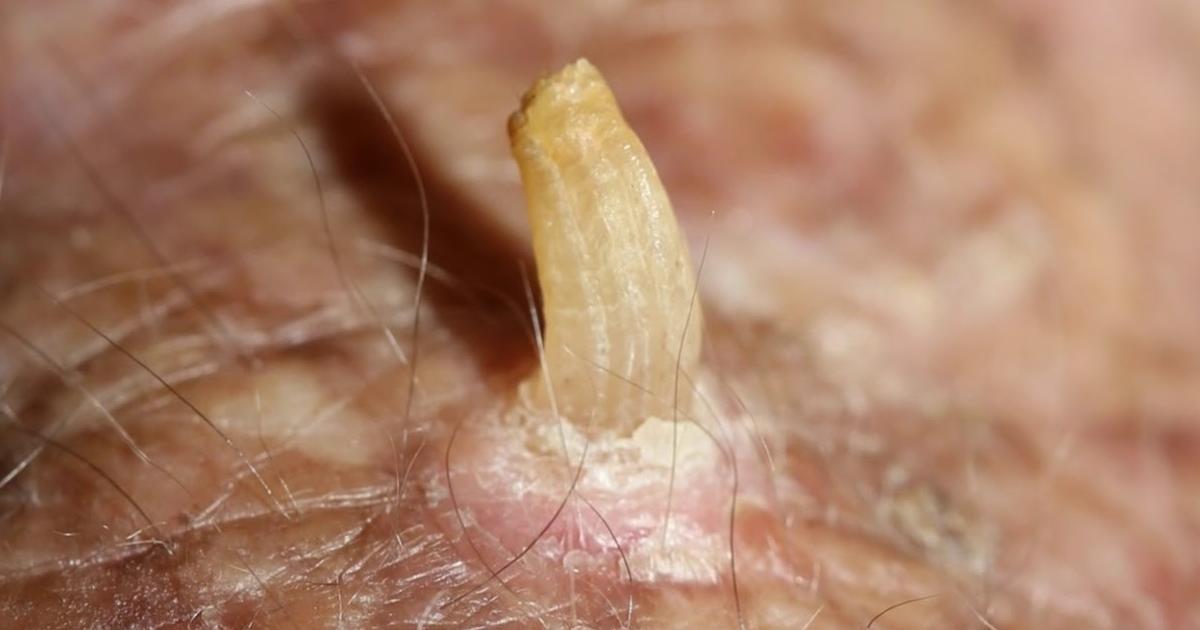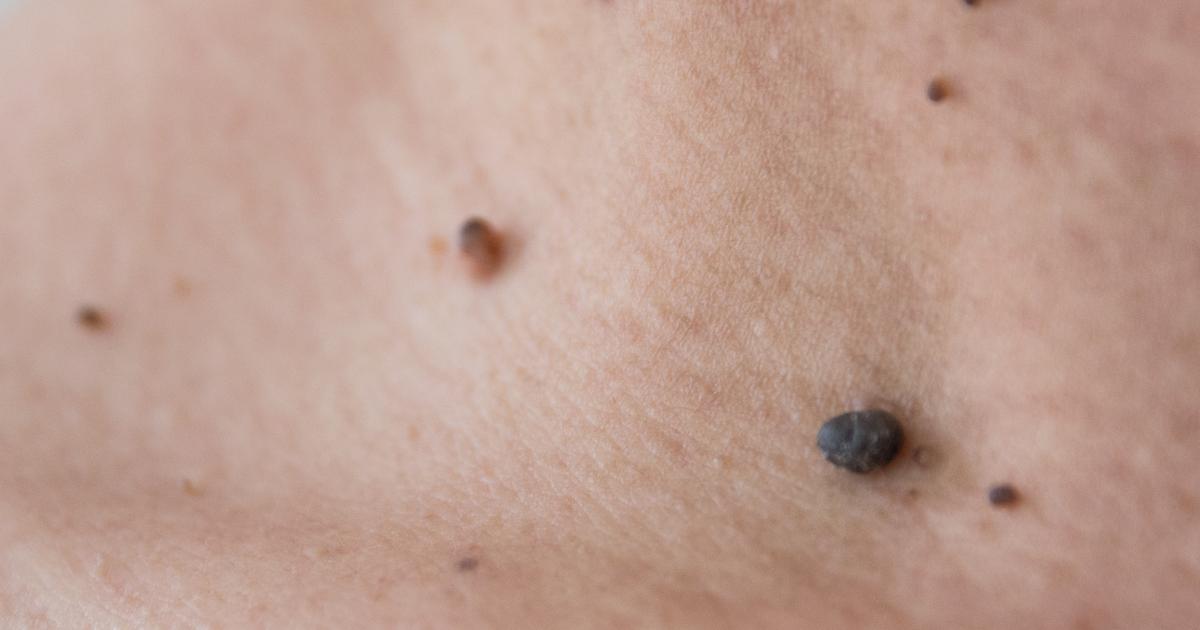Key Indicators Of Skin Cancer
Cutaneous Horns

Tending to appear most often in fair-skinned elderly adults with a history of significant sun exposure; cutaneous horns begin to develop as a growth that extends from a red base on the skin in the shape of a funnel. It is made up of compacted keratin, which is the same protein fingernails and toenails are made of. It is a specialized type of actinic keratosis and the size and shape of the growth can vary significantly. However, the vast majority of cutaneous horns are only a few millimeters in length. Squamous cell carcinoma can be found at the base of the horn, which is why they are such a serious sign of skin cancer.
Moles

A mole tends to develop more in young adults, and it is unusual to acquire a mole well into adulthood, which is why moles, particularly new ones, are so important for individuals to monitor. For the most part, moles are benign growths of melanocytes, which are cells that give skin its color. It is comforting to know most moles do not become cancerous, though it is crucial to understand abnormal moles can lead to developing into melanoma over the course of time. Normal moles may appear flat, raised, or begin flat and become raised over the years with the surface typically remaining smooth. Moles that have evolved into skin cancer, however, are often irregularly shaped, contain various colors, and are bigger than the size of a pencil eraser.
